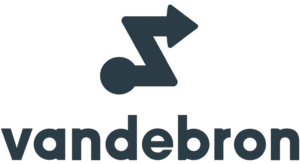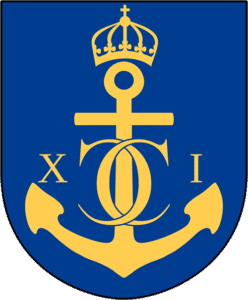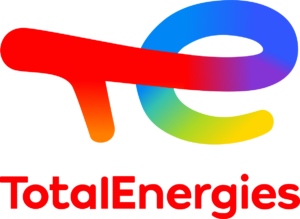Today, Telekom IT has completely overhauled its systems, enabling it to now:
Deutsche Telekom IT GmbH is the internal IT service provider of Deutsche Telekom AG. With around 9,700 employees globally and a total budget of around €1.9 billion, it’s responsible for the design, development and operation of all its own and transferred IT systems to support business processes at Deutsche Telekom and its subsidiaries.
In 2007 Deutsche Telekom IT began using an Oracle BPEL engine to build and run BPM workflows and process automation. But this monolith created a number of issues that affected both the business and user experience:
“We need to be on time, we can’t wait seven days to process an order, we can’t wait seven days to respond to something, we need to be always ahead and always responsible,” explained Willm Tüting, Managing Director, conology GmbH, who has worked with Deutsche Telekom IT for more than 10 years.
In 2017, running a 10-year-old monolithic system, Deutsche Telekom IT took the first steps towards modernising its processes by adopting a ‘partially agile’ development approach, working in three-month sprints.
“We created several processes to deliver small fixes faster, but it made life much more complex,” said Willm.
All fixes had to be delivered together with larger change requests, which took considerable people-hours to accomplish. In addition, they were still struggling with the monolithic BPEL system, which didn’t allow for true agility.
In 2017 Deutsche Telekom began investing in fiber optic cables to deliver a better user experience. With this significant upgrade in hardware came the opportunity to revolutionize Deutsche Telekom IT’s outdated systems. This saw a complete change in both the operating system and DevOps approach, guided by three goals:
With these three goals in mind, Deutsche Telekom IT implemented a microservices-based architecture, in the cloud, with Camunda BPM engines running in many microservices. Friedbert Samland Project Manager IT Application, Deutsche Telekom IT, explained the new system is comprised of:
One of the greatest advantages of Deutsche Telekom IT’s Camunda revolution has been enabling ‘compliance-by-default’. As a globally distributed business, with teams working across the world with multiple vendors and sensitive data, this highly automated solution was required. The result is an architecture that enables compliance-by-default and ensures data security.
Deutsche Telekom IT has also built its own internal process monitoring platform, inspired by the token concept employed in Camunda’s Cockpit, so users can see at-a-glance the progress of any process.
In addition, as well as supporting and operating a highly flexible DevOps philosophy, Camunda has enabled Deutsche Telekom IT to visualise complex logic in one place, easily align human and automated tasks and use the same language for business and development with BPMN.
For those who are thinking of following in Deutsche Telekom IT’s footsteps, Willm has sage advice: “Choose your stack wisely, don’t start with a full stack, choose things that add the most benefits to your needs. Think big, start small, don’t try to get the holy grail in the first attempt – evolve to where you want to be.”
As part of Deutsche Telekom’s digital transformation, the company is using Camunda to automate customer service processes. Take a insider’s peek into one of the largest Robotic Process Automation (RPA) implementations in Europe to hear how Deutsche Telekom scaled to 3,000 bots, saving millions of Euros.
Learn Deutsche Telekom’s:





Camunda © 2024